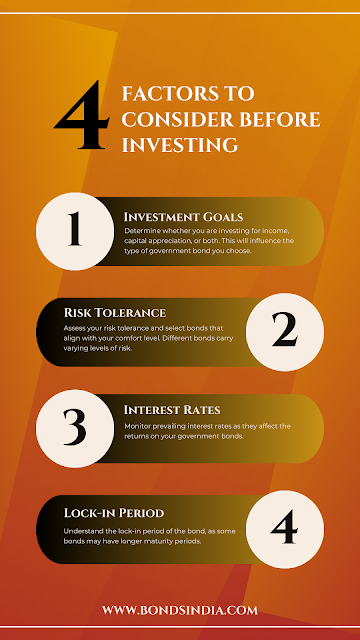Benefits of Investing in Covered Bonds

Covered bonds are a type of debt instrument that has been gaining popularity in the financial world due to their unique features and benefits. These bonds are backed by a pool of high-quality assets, such as mortgages or public sector loans, making them one of the safest investments available. In this section, we will delve into the various benefits of investing in covered bonds. 1. Low Risk and High Credit Quality One of the main advantages of covered bonds is their low-risk profile. As these bonds are backed by a specific pool of assets, they provide an additional layer of security for investors. In case the issuer defaults on their payments, the bondholders have a claim on the underlying assets. This makes covered bonds less risky than other types of debt instruments, such as corporate bonds. Moreover, covered bonds are considered to be highly creditworthy due to rigorous underwriting standards and strict regulatory oversight. They typically have high credit ratings from major ratin...





.png)